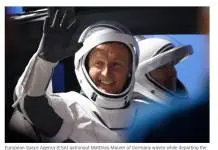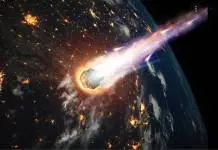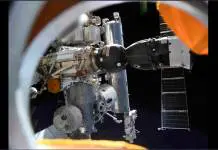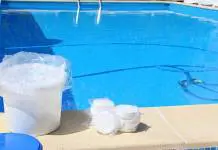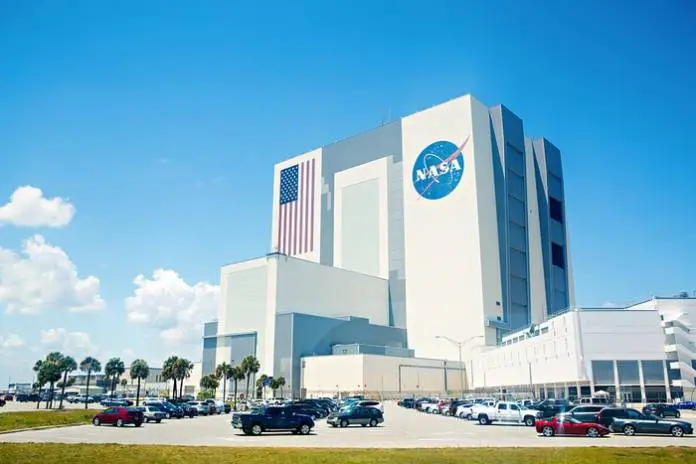
NASA astronauts Doug Hurley and Bob Behnken have landed back on Earth after a successful trip to the International Space Station (ISS) in space. They blasted off to space at the end of May aboard a Dragon Endeavor capsule designed by California-based SpaceX and owned by American billionaire Elon Musk, but they returned to Earth a few hours ago by splashing down off the coast of Florida at 14:45 EDT (19:45 BST).
The coast of Florida was chosen for the splashdown since the location was calculated to witness less storm from the current Hurricane Isaias which is threatening to overrun Florida. Several vessels had been stationed to waters off Pensacola in western Florida and in the Gulf of Mexico. With a favorable weather condition, Hurley and Behnken were given the green light for a re-entry. By unlocking their capsule from the ISS, the astronauts left space and began their descent to Earth.
The Dragon Endeavor capsule lit its thrusters and with up to 2,000C heat on its shielded underside, approached Earth at a top speed of several kilometers per second. At a speed of about 560km/h when the capsule is about 5,500 meters (18,000 feet) high, two parachutes would deploy; and four other parachutes would also deploy at an altitude of about 1,800 meters to safely deposit the capsule on the waters of Florida.
With the splashdown, plasma or hot gases covered the capsule for a moment as it floated on the water until rescue vessels arrived to extract the returnee astronauts.
With the successful and uneventful return of the astronauts to Earth, SpaceX has proven itself to be a reliable commercial space partner with NASA and scheduled for another contract of flying American astronauts to space again. Since NASA retired its space shuttles in 2011, it has been scouting for reliable space companies to transport astronauts to low-Earth orbit and SpaceX has proven its mettle by taking people to space and back again without incidents.
SpaceX has also perfected the art of reusing its Dragon capsules and Falcon rocket among other hardware, reducing the cost of space travel for both NASA and itself.
“We established basically the high-level criteria, the requirements, in terms of payload and safety, but we didn’t get involved in designing everything downstream,” said Nasa Administrator Jim Bridenstine. “We let private companies go and innovate. That ultimately drove us to a point where we’re now reusing these rockets, reusing the capsules, and of course, we want to apply that to what we do with the Moon and eventually Mars.”
Source: bbc.com



